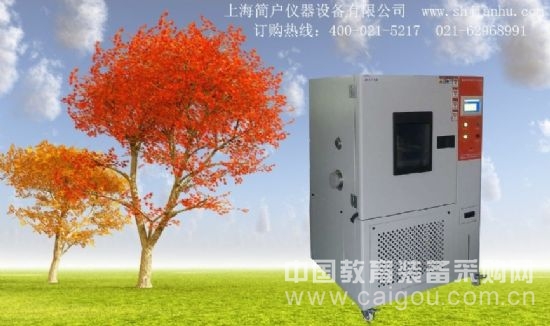
Examples of deterioration and failure under storage conditions in a constant temperature and humidity chamber
Many manufacturers conduct extensive testing before launching a product, ensuring that over 80% of their tests confirm the product's ability to withstand environmental stress. However, if your product is still in the development or research phase, it may be necessary to perform these tests early on. Once the test is completed, you can analyze the results to understand how the product performs under controlled conditions. A constant temperature and humidity chamber serves as a practical tool for simulating real-world storage scenarios and identifying potential failure points. Here are some common examples:
1. Oxidation or diffusion between the substrate and coating can significantly affect the solderability of component leads and printed circuit boards. Thermal energy accelerates these chemical reactions, leading to reduced surface wetting and increased corrosion risks. Atmospheric pollutants can further exacerbate this issue.
2. Temperature fluctuations can also cause various types of failures:
A. Prolonged exposure to extremely low temperatures can cause plastics to become brittle and lose their mechanical and electrical properties, potentially leading to damage during storage.
B. High humidity during long-term storage, especially above 80% relative humidity, can negatively impact the performance and reliability of stored products. This is more severe than the humidity experienced during normal operation due to the lack of natural drying effects.
C. In sealed chambers, repeated cycles of high humidity with peak values or periodic changes in humidity can lead to gradual moisture accumulation. When the temperature suddenly drops within a certain range, condensation may form inside the chamber, increasing the risk of internal damage.
D. Under high temperature and humidity conditions, especially when organic materials are present, mold growth becomes a serious concern. These conditions can also accelerate chemical reactions caused by salt spray and industrial gases, reducing product lifespan.
3. Additional failure mechanisms include:
Long-term exposure to high temperatures can dry out electrolytic capacitors and batteries, reduce the rigidity of thermoplastics, and cause protective coatings and impregnating waxes to soften or deform. Materials tend to age faster under such conditions. On the other hand, prolonged exposure to low temperatures can make rubber, plastic, and even metal parts brittle and prone to cracking. Seals may also suffer from shrinkage and cracking, while mechanical components may experience oxidation or wet corrosion. These changes can cause functional parameters to drift beyond acceptable limits, potentially resulting in open circuits or short circuits.
HomeSafe Group , https://www.homesafebio.com
![<?echo $_SERVER['SERVER_NAME'];?>](/template/twentyseventeen/skin/images/header.jpg)